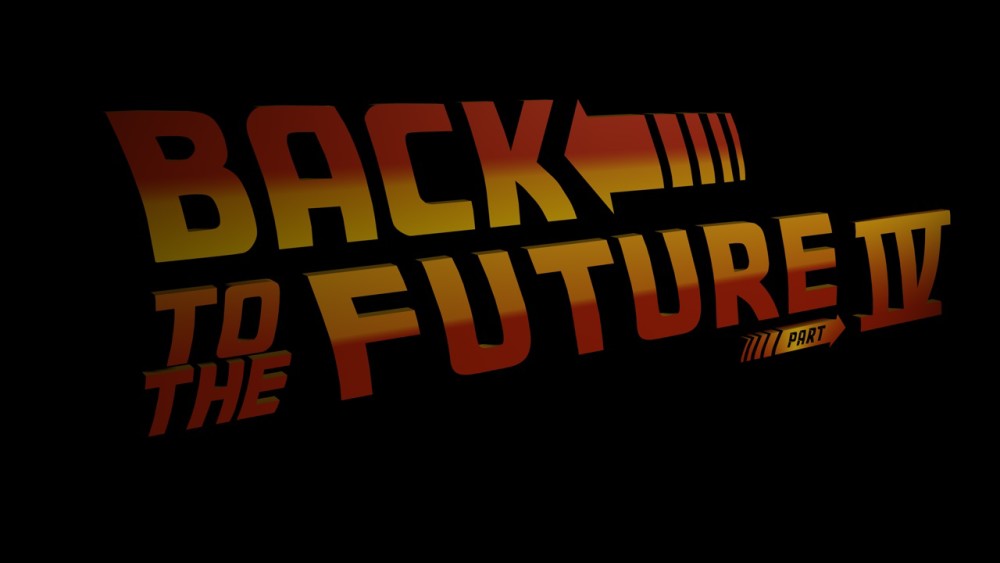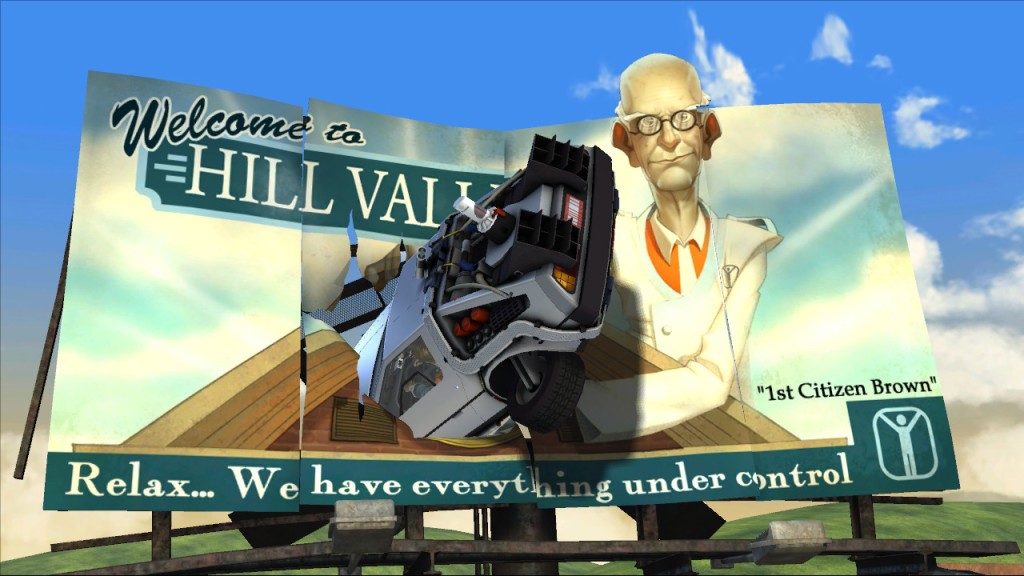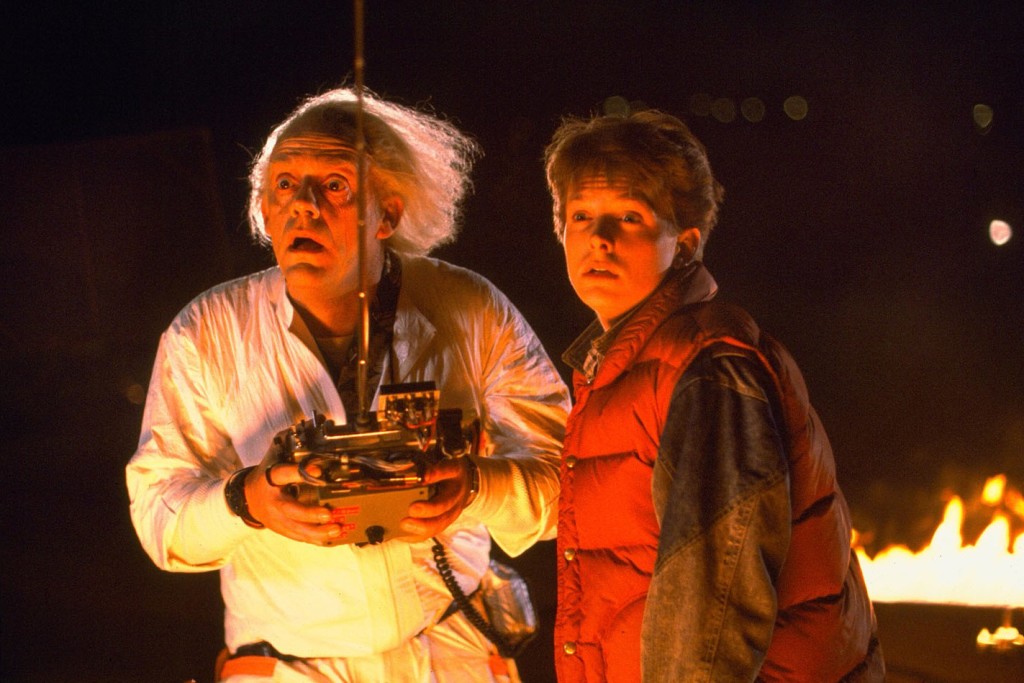Here’s the deal:
Back to the Future has always been the holy trilogy for me. While I certainly love the original Star Wars trilogy, greatly appreciate The Lord of the Rings, and believe Toy Story simply improved with every installment, the Back to the Future series is one that has meant a lot to me throughout my life.
Watching the response to the series in the last year as it approached the special date of October 21st, 2015 has been one of the best things I’ve ever experienced as a geek. Back to the Future, though phenomenal top to bottom through the writing, comedy, direction, acting, music and characters, had always been a bit of a fringe geek property compared to the juggernauts of Star Wars, Star Trek, Dr. Who, The Lord of the Rings and nearly every major superhero franchise.
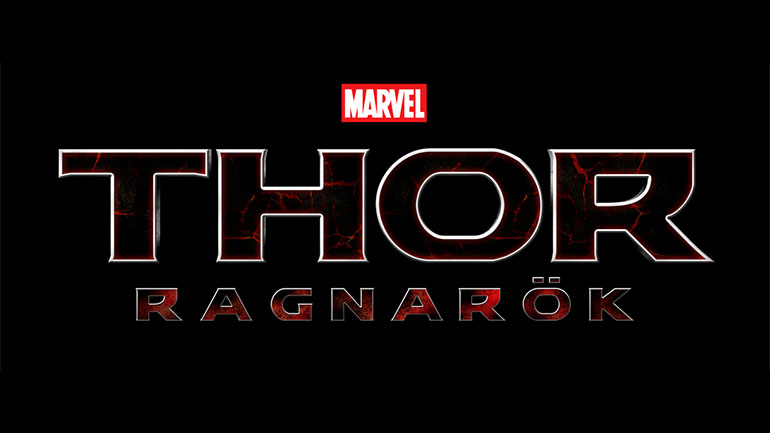
I remember as a kid wanting everything I could get my hands on for the series, but very little merchandise was available, and what did exist amounted to a few cars and assorted knickknacks, usually to be found only overseas or at Universal Studios.
In the last few years we’ve seen toys, shirts, prop replicas, costumes, hoverboards (both re-creations and real (!) iterations), along with the debut of the fantastic-in-its-own-right Rick and Morty, a fitting tribute and riff on the central premise of the series.
But what we haven’t had is a continuation. A sequel. A reboot.
Now, to some degree, this is a good thing. We’ve all seen beloved properties go one or more films too far and mar their legacy (the Star Wars prequels, Kingdom of the Crystal Skull, Prometheus), and we’ve seen reboots that all too often end up pointless or worse. For every fantastic Jurassic World, there’s plenty of Total Recalls, RoboCops and Friday the 13ths.
Also, Bob Gale and Robert Zemeckis have always been adamant about leaving the trilogy alone and (somehow) even secured a clause in their contracts barring any sequels or remakes without their approval. Try getting that deal in today’s franchise-happy Hollywood.
But this article is ostensibly about Back to the Future IV, so I must be going somewhere with this, right? I am. There is a Back to the Future IV and it’s everything you ever wanted and nothing you dreaded. It’s Back to the Future: The Game.
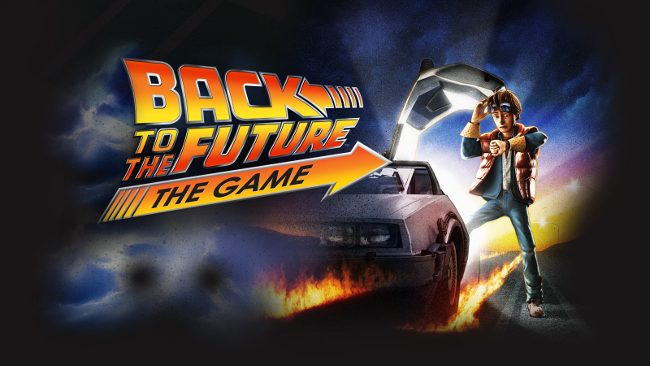
When the game first came out in 2011, I was skeptical but curious. The original Nintendo games the series spawned were not only terrible and borderline unplayable, they were often confusing, having very little to do with the source material.
Back to the Future: The Game seemed to want to get things right, though. They recruited Bob Gale for script consulting, they got Christopher Lloyd to reprise Doc, and they found a talented young actor who could do a dead-on 1985-era Michael J. Fox voice (Fox himself appears in several fun and inventive cameos).
The proof is in the pudding, though, and the question remained as to whether all these smart choices added up to something worthwhile. You wouldn’t believe how well the game’s creators delivered.
Working off of concepts discussed as possibilities for Part II, and picking up after the events of Part III, the game finds Marty traveling to the ’30s to rescue Doc Brown while also interacting with a teenage Emmett Brown. This gives the designers another version of Hill Valley to play with, bringing in speakeasies and a terrific science expo heavy on “World of the Future” stylings.
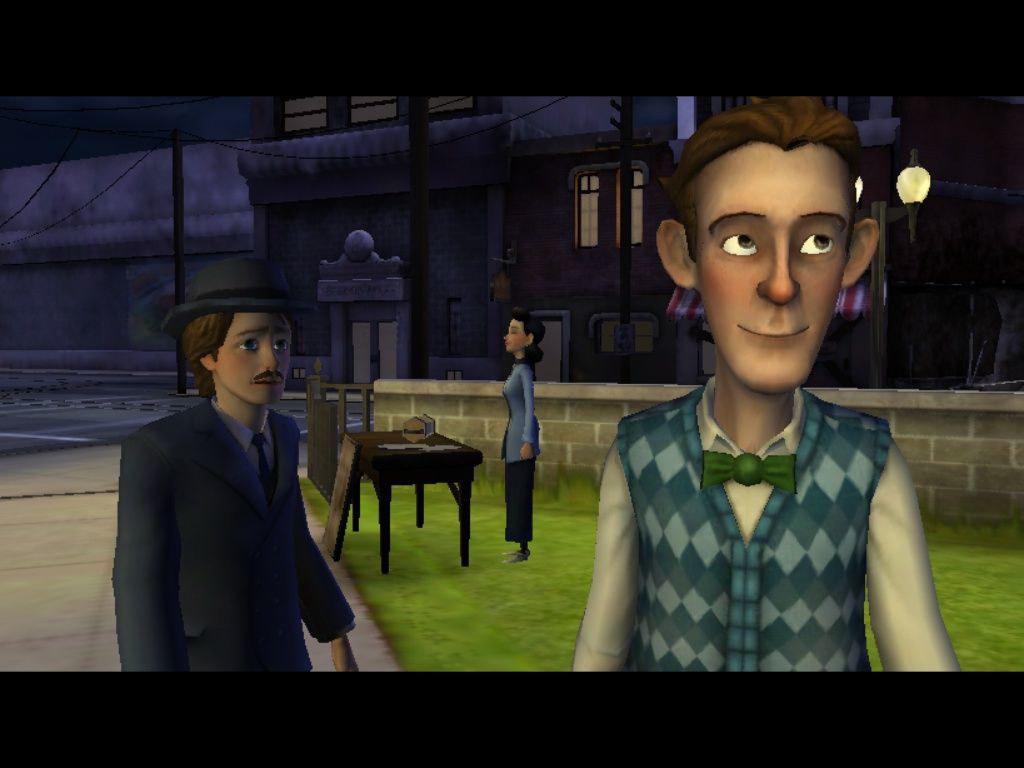
Biff’s previously unmentioned father appears as “Kid” Tannen, a local gangster engaged in illegal bootlegging, and Marty’s grandfather (modeled on George McFly here) plays a key role.
This synopsis covers the first two of five installments of the game, and had this been the full extent of the storyline, the game would have been fun, though ultimately just okay. But chapters 3-5 significantly kicked things into gear and took the game, and the series, to some fantastic new places.
There are too many great surprises to be found in the storytelling to spoil them here, but I will say we once again get to witness an alternate present (1986 for the game), this time lorded over by someone fairly unexpected.
And as the plot unfolds, the game even poses a question never raised in the original films. One “version” of a character attempts to set things right for the universe, but begins to question doing so because it would rewrite the timelines and the character would “no longer exist.” The way this subplot is handled is fascinating and brings an added moral weight we’d never seen in all of the time rewriting of the original films.
The final chapter just completely cuts loose, featuring a character gone rogue who begins distorting timelines, eventually affecting the very existence of Hill Valley itself. It’s some pretty (forgive me) heavy stuff for the game, and it works so well because the original trilogy kept raising the stakes and here we see the game not shying away.
The ending is probably the best part, and makes for a perfect close to not just the game, but arguably the series. I definitely would have to rank it above the fairly silly Time Train conclusion.
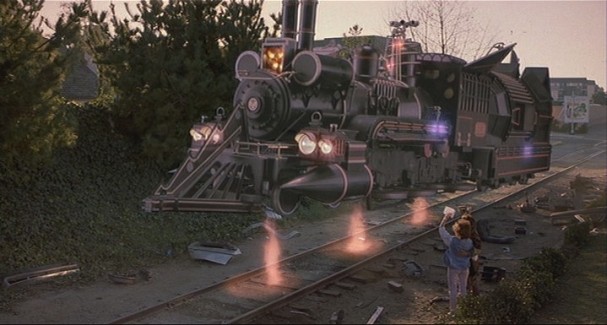
When I finished playing through the game years back, I remember being so happy, because here was this sequel I really always wanted, as expertly crafted as could be. In the years since, I’ve revisited it more than once and it continues to delight.
While as a game it obviously has to function differently than a movie, the core story that is told is still one worthy of the series as a whole, and any diehard fans owe it to themselves to pick it up.
In fact, to honor the 30th anniversary of the series, the creator, Telltale Games, has released a version for PS4 with updated graphics and featuring a re-record of audio for the Tannen characters by the original Biff, Thomas F. Wilson. Grab yourself a copy and maybe a new installment (which has previously been discussed) will emerge.
As for the “more” of this article, fans will be pleased to know Bob Gale is releasing a new Back to the Future comic series meant to fill in gaps we hadn’t seen before and serve as a “Tales of BTTF.”
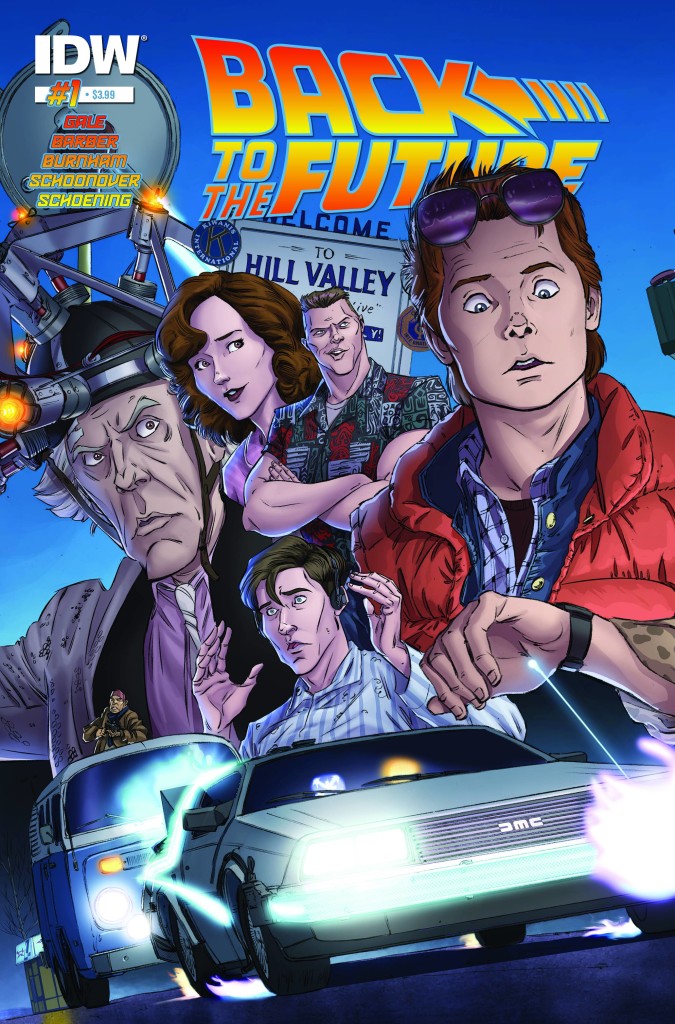
Also, just in time for #FutureDay, Back to the Future: The Ultimate Visual History has been released, featuring extensive background information on the series and a wealth of production stills, behind-the-scenes photos, storyboards, concept art and more.
Best yet, this book comes with numerous prop replicas of photos, letters and other pieces of media seen throughout the films. Check them out below. They’re fantastic.
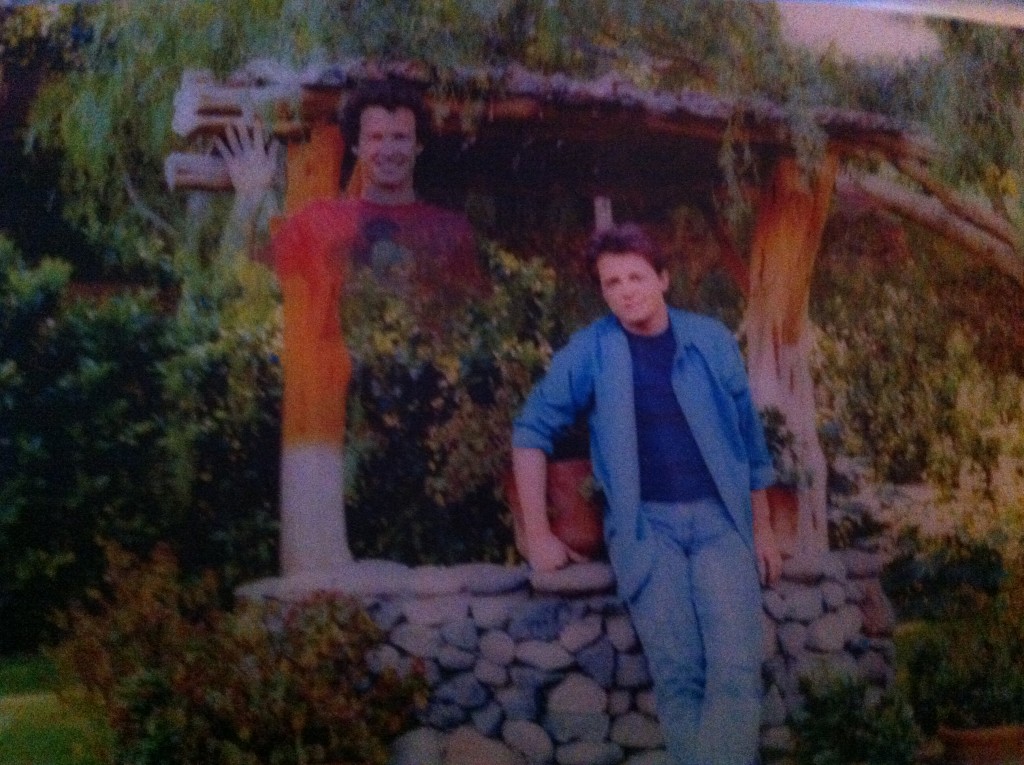
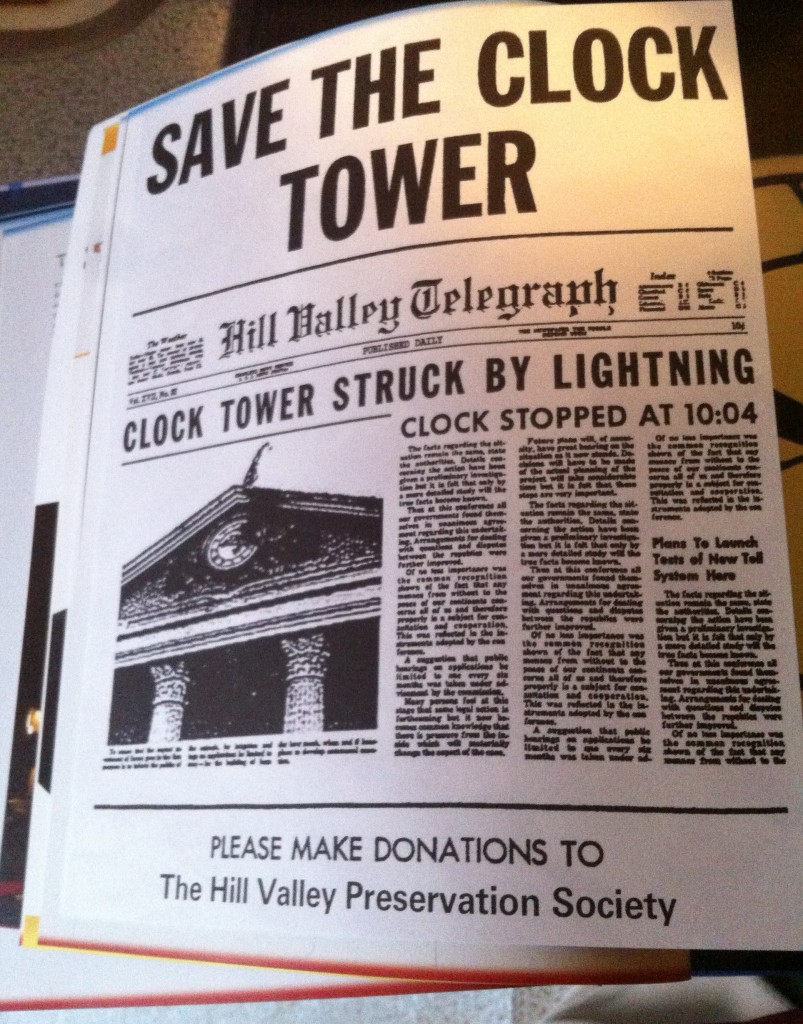
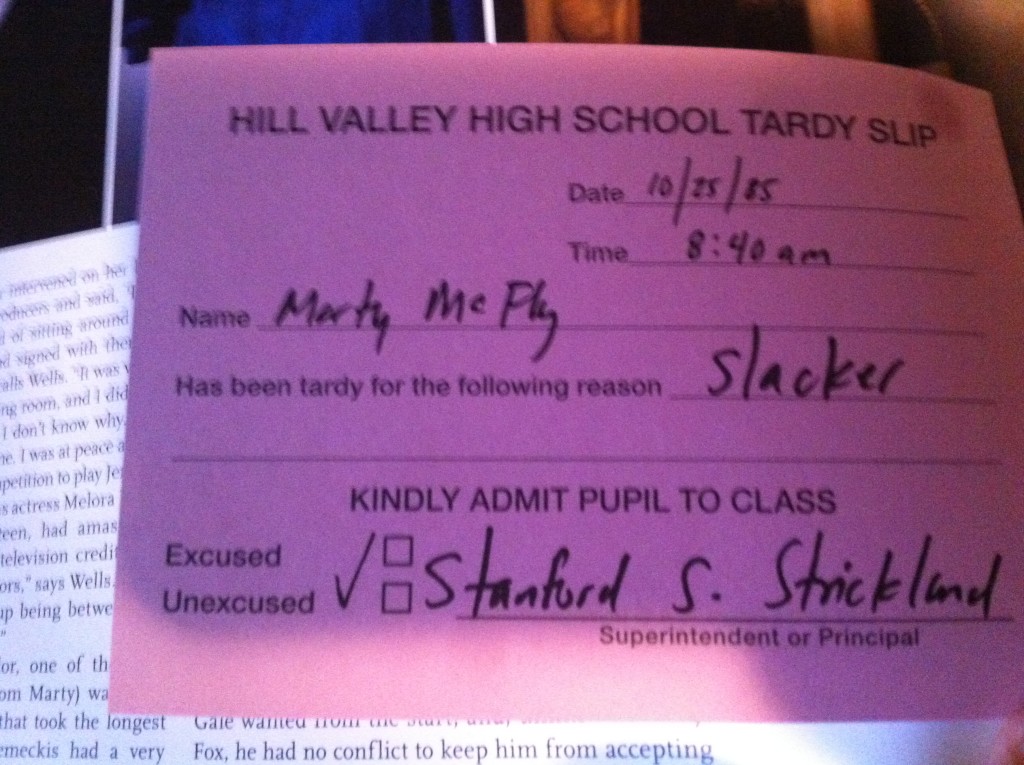
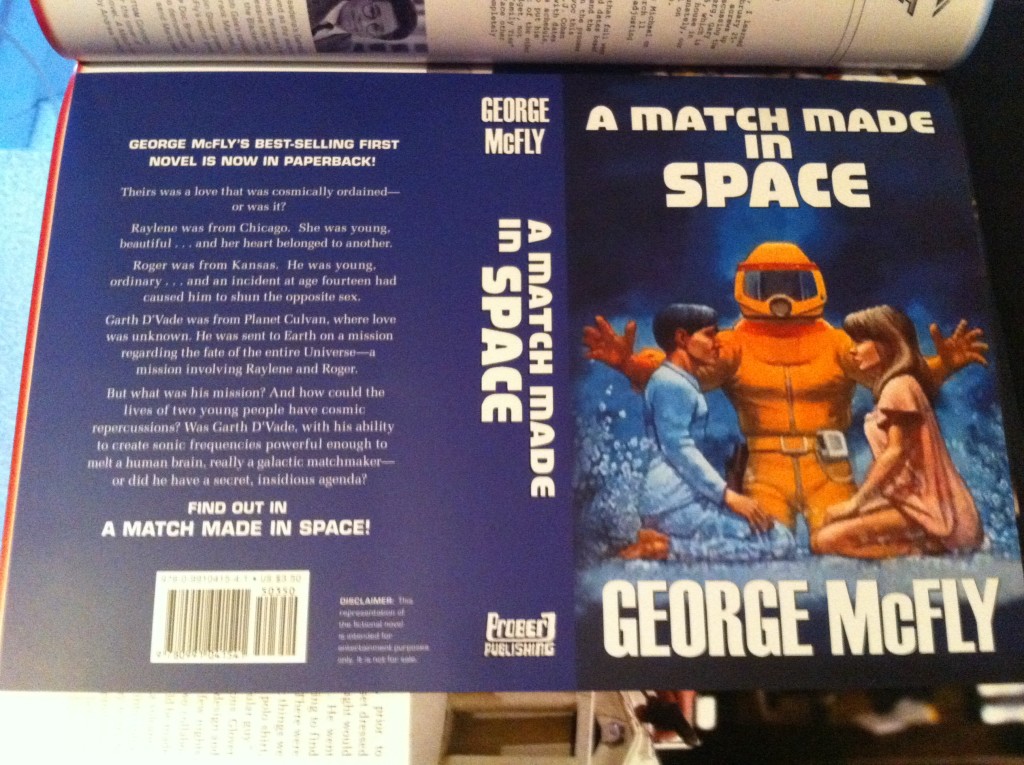
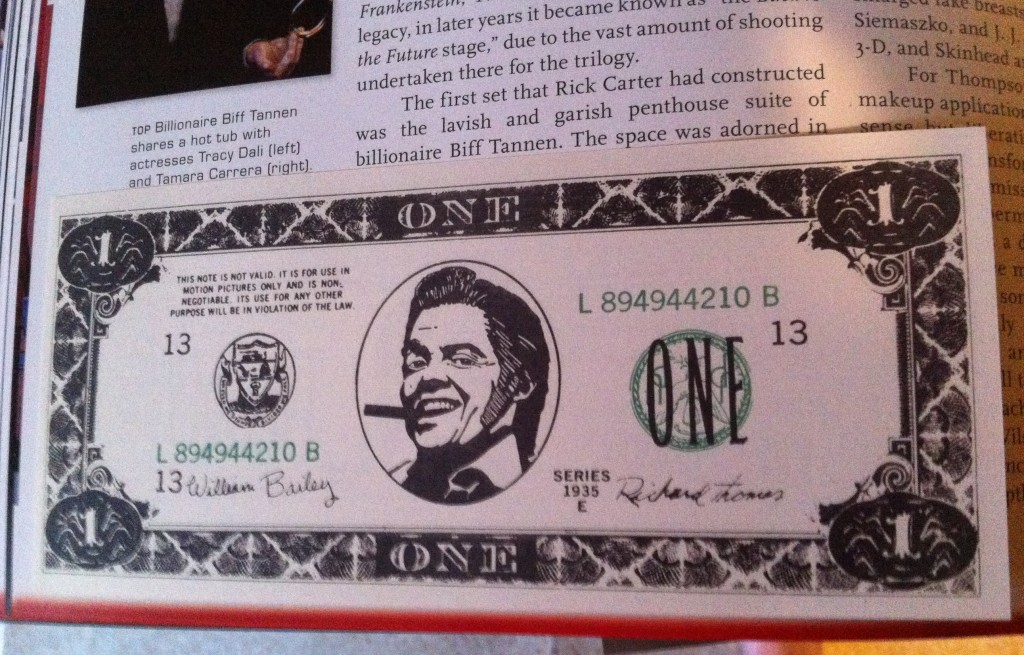
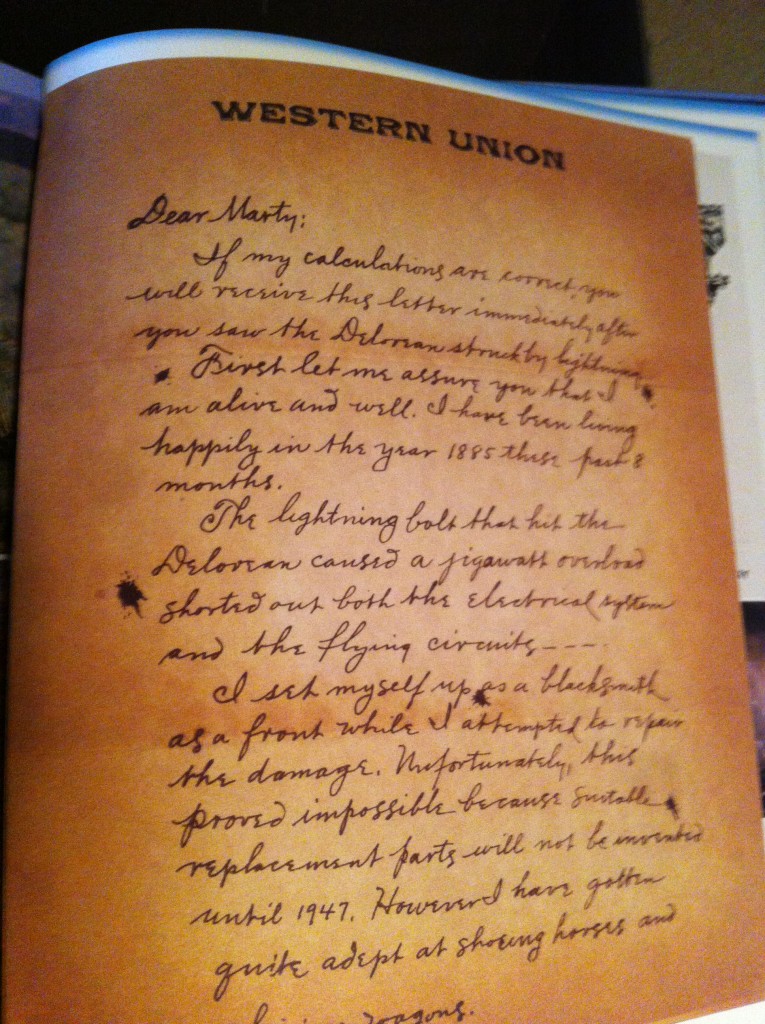
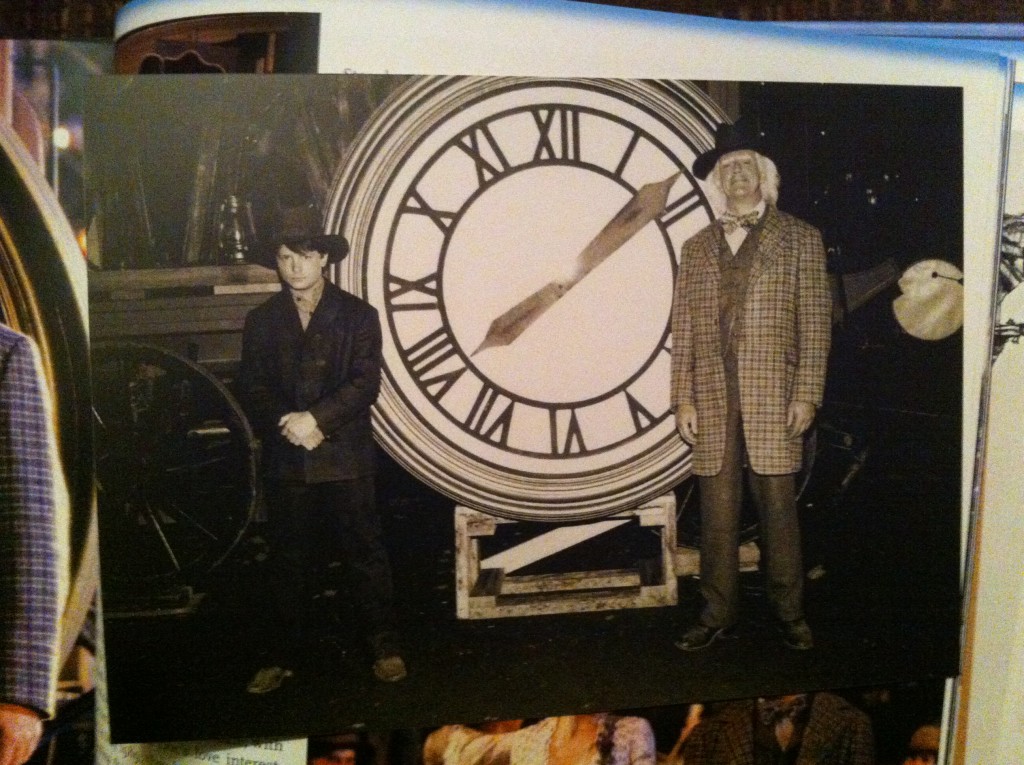
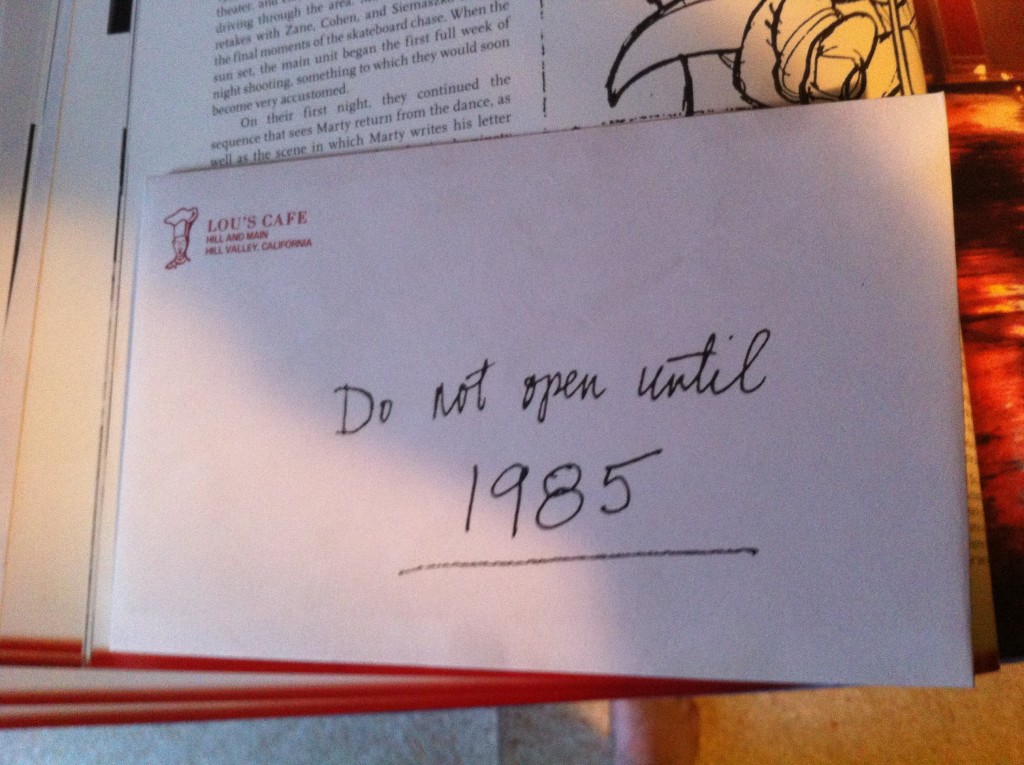
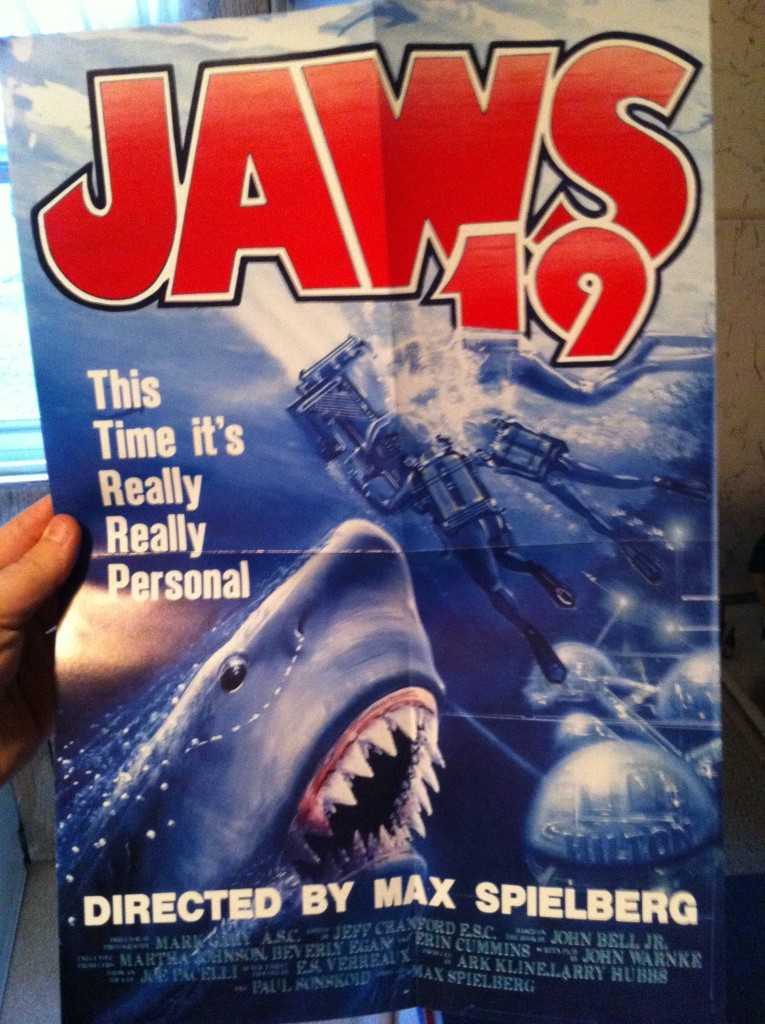
Back to the Future undoubtedly will never be this big again. We are witnessing a very special time in pop culture, and with Future Day passing by, the series will no doubt return to its pre-2015 levels of exposure.
That’s okay, though, because no fan will ever let the series die. And somewhere, right now, some kid is watching the DeLorean hit 88 miles per hour for the first time, and just falling in love.
But seriously, your future’s whatever you make it.

